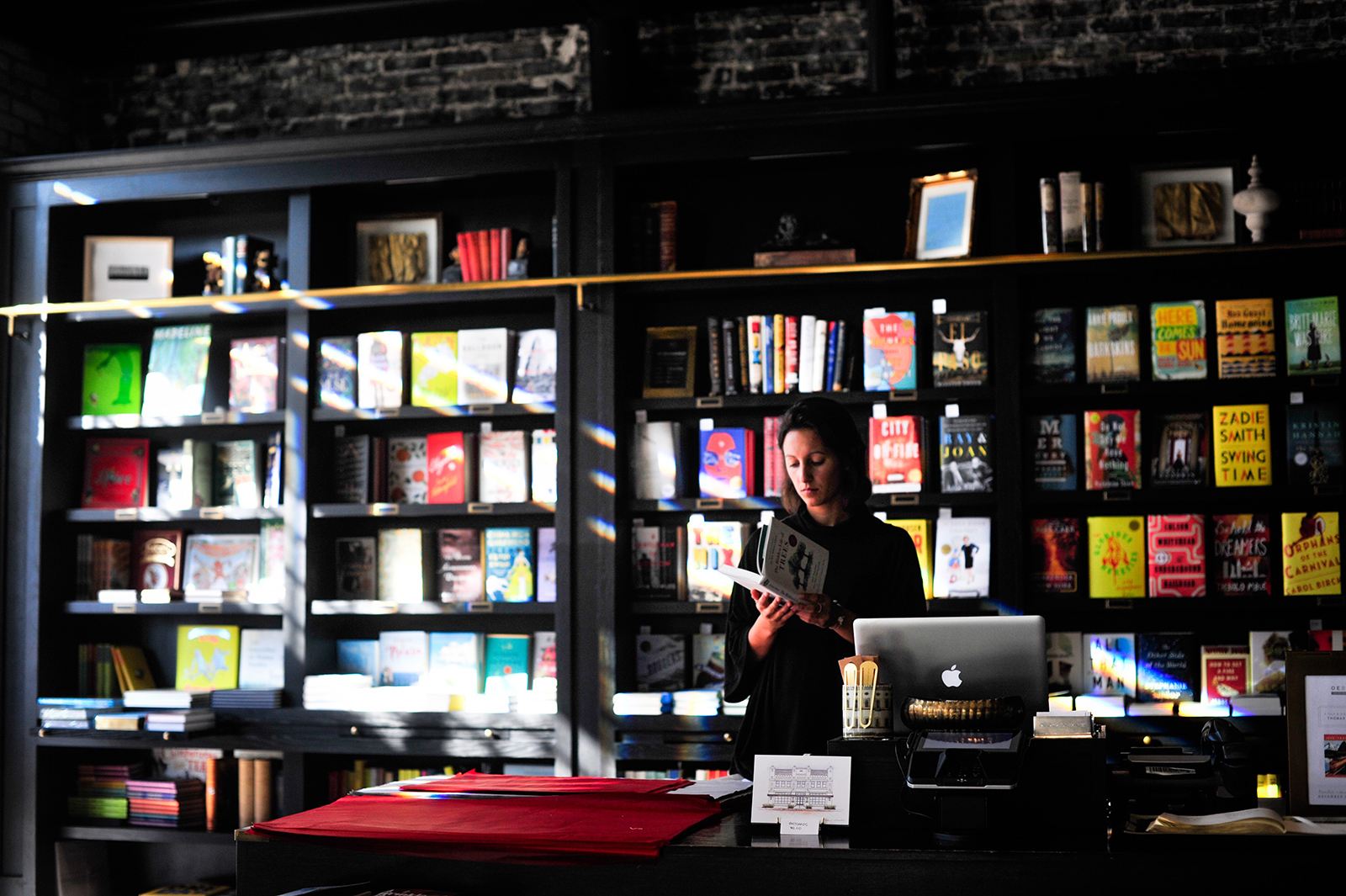
By: Santos E. Ruíz
Alternative copyright registry? Part I
Safe Creative is a website created in 2007 with the purpose of acting as an alternative register for all those works requiring copyright protection.
The second article of the Berne Convention states in its first paragraph that, concerning works, its protection extends to “every production in the literary, scientific and artistic domain, whatever may be the mode or form of its expression”. In this sense, Safe Creative states that it is possible to register literary, dramatic, audiovisual and artistic works; musical compositions; projects; databases and computer programs (depending on the legislation of the latter) [1].
The first thing to clarify is what this alternative copyright registry is, for this we have to premises to consider: (i) the existence of official copyright registry in each legislation, (ii) the existence of the principle of automatic protection that states that the protection of the work should not be subordinated to the fulfillment of any formality.
Given the existence of copyright registry in each legislation as well as the existence of automatic protection, what objectives could be achieved by including our works on these registration platforms? Protect an already protected work? Register a work already registered?, the latter presuming that such work has been included in a national registry, in which, as stated in the Berne Convention, the registration is voluntary (this derives precisely from the establishment of the principle of automatic protection).
In this regard, if we go further into the philosophy of Safe Creative, we can determine that the scope of its objectives, rather than providing protection to works, seek to turn the platform into an alternative mean in order to help authors to demonstrate the authorship on their works, something different from the purpose of protection.
Safe Creative states that “when it is possible to demonstrate authorship, judges will assess all the evidence presented in case of conflict to resolve the competing rights, whether the evidence comes from public records or not. Therefore, a private copyright registration has the same effectiveness and the advantage of offering evidence of authorship as public registration would in deterring plagiarism —in many cases free of charge— and has the advantage of generating the strongest technology based global evidence, immediately available and transparent online information, which facilitates interaction between rights holders and the users of the works” [2].
However, as the famous poem by Ramón de Campoamor points out, it is necessary to attend to the probative regulation of each legislation in order to determine valid means of evidence to prove authorships. Thus, everything is according to the color of the legislation being analyzed.
In the case of Venezuelan legislation, the Civil Procedure Code states that “eligible evidence in court are those determined by the Civil Code, this Code and other laws of the Republic”. Likewise, the article establishes that the parties may use other means of proof, provided that they are not prohibited by law and are capable of proving their claims.
Therefore, the attempts of a platform such as Safe Creative would be frustrated to reach its objectives. On the one hand, they could not grant protection to works since they are already protected automatically; on the other hand, the informative notes or evidences emitted by the platform may not be valid or sufficient in many legislations. These two premises seem to attack directly the use of Safe Creative as an alternative copyright registry.
In the case of Venezuela, could the registry of Safe Creative serve as an effective proof to evidence the authorship of a work? In an upcoming piece we will investigate the means offered by the platform, as well as the evidentiary means of Venezuelan legislation to answer this question. In the meantime, in case of doubts on the protection of your works, it is advisable to contact a qualified legal representative.
Sources:
- Photo de Pj Accetturo- unsplash.com/ CC0 1.0
- [1] Safe Creative. Safe Creative. 2017. https://www.safecreative.org/about
- [2] Ídem







